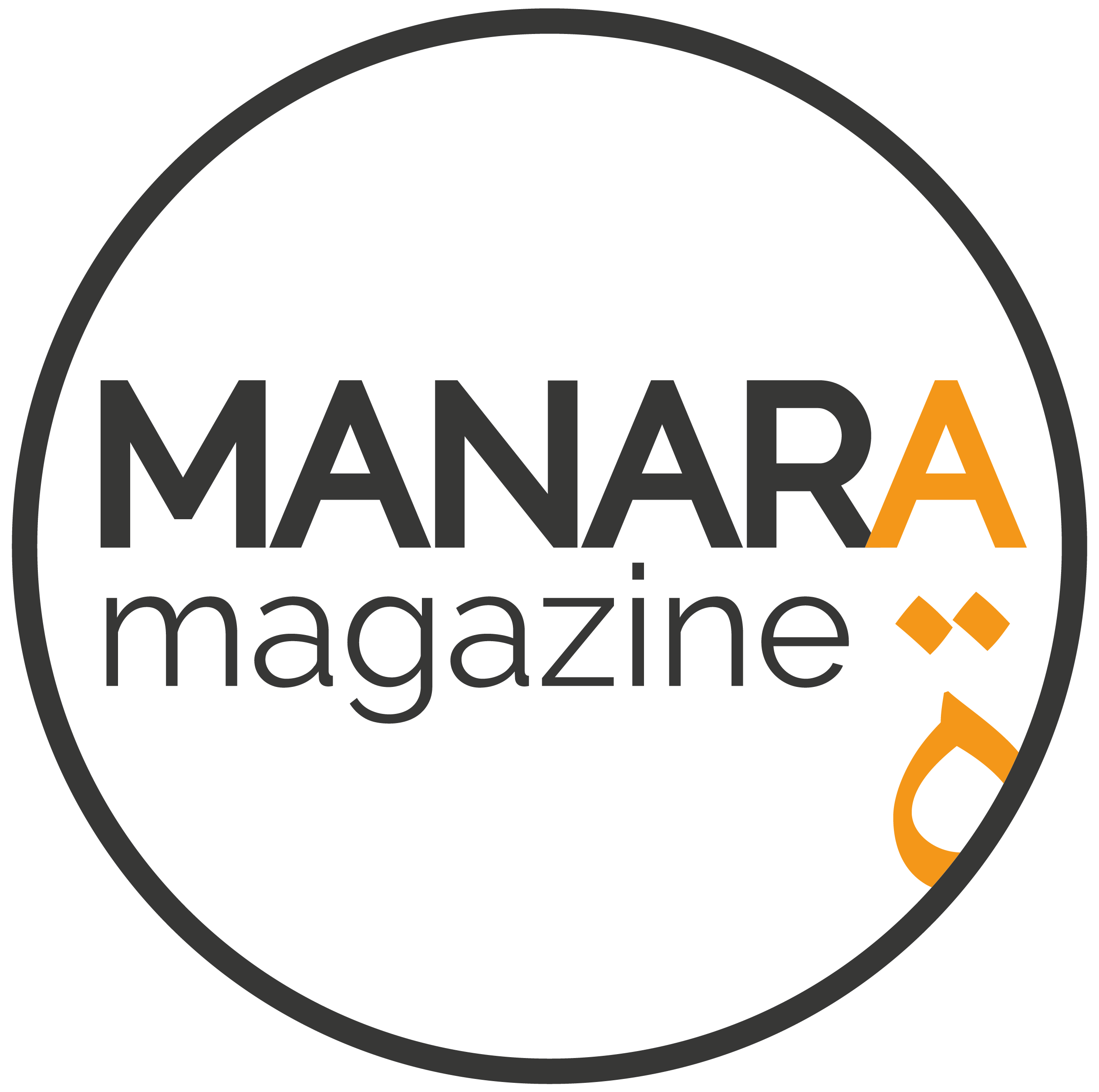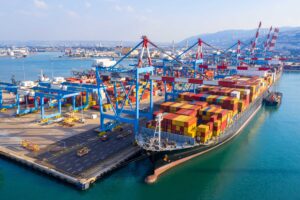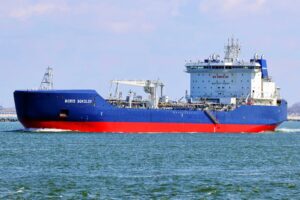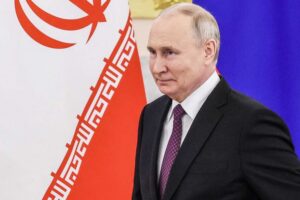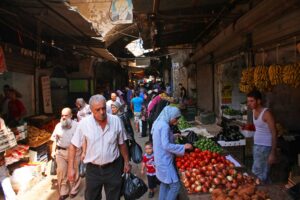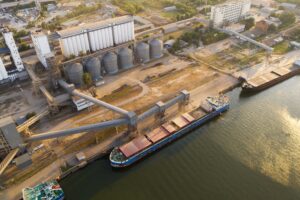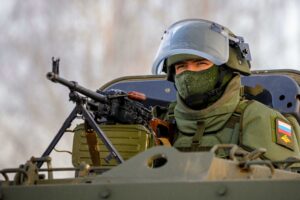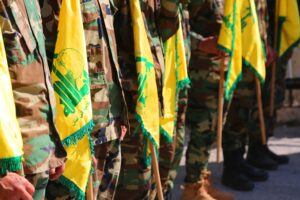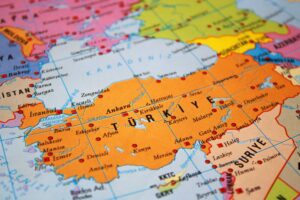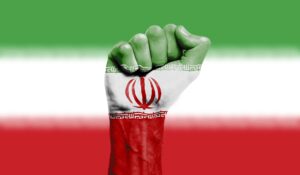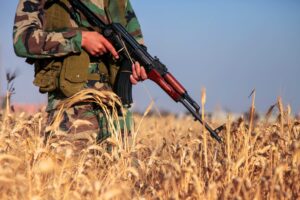If one were to rely merely on media coverage and the day-to-day events of the Middle East and North Africa, one could easily reach the conclusion that conflict and strife are what define the region. However, this remains far from the truth and could serve as a self-fulfilling prophecy.
This raises the question of how an external actor ought to engage a region that has been primarily viewed through a security lens. In an op-ed, former US ambassador Gordon Gray suggests that a militarised approach is insufficient in and of itself, and that diplomatic engagement is crucial if one wishes to assist in economic and overall development goals (Deploy All the Instruments of Statecraft, Not Just the Military).
Reconstruction is a multi-faceted phenomenon and can take many forms. In the case of Iraq, this can take an external shape, such as in the little understood role of Chinese investment as explained by Dr. Tang Tianbo (Chinese Reconstruction Investment in Iraq and How It Is Being Misunderstood), or an internal one, with Shakir Muhammad Usman and Mustafa Hamzah Mustafa exploring how the country has sought to rebuild its education sector following the devastation caused by decades of strife (Iraq’s Educational System: History and Rebuilding Process Post-Daesh).
Recent years have borne witness to a wave of diplomatic normalisation, most notably between Israel and some of the Gulf monarchies. While often framed in the context of security concerns vis-à-vis Iran, they are accompanied by tangible economic effects, as outlined by Liudmila Samarskaia and Stanislav Lazovskii (Economic Relations Between Israel and the Gulf States). Meanwhile, the conflict in Ukraine has spurred its own economic spillover yet it has not threatened to sever ties between Russia and OPEC, as Nikolay Kozhanov informs us (Will OPEC+ Survive Beyond September 2022?). With energy prices soaring to record heights around the world, Marc Martorell Junyent’s book review of Ervand Abrahamian’s Oil Crisis in Iran: From Nationalism to Coup d’Etat reminds us energy concern is not a new one (Book Review – Ervand Abrahamian, Oil Crisis in Iran: From Nationalism to Coup d’Etat). Meanwhile, in the present, Leah Sherwood’s piece explains how one of the world’s biggest energy exporting regions still reckons with climate change and the economic implications of electrification (Climate Change and the Electric Future: Key Trends and Likely Winners).
More than a decade after Col. Gaddafi’s overthrow and murder, Libya remains afflicted by continued fighting. However, as Hafed Al-Ghwell points out in his article (Non-security Challenges to Libya’s Economy), the country’s pathway to stability and economic viability goes beyond the battlefield. Nevertheless, the role of conflict cannot be ignored, with Dr. Tatiana Smirnova writing on Russia in the Sahel region and explaining how narrative and perception of warfare is still critical to understanding developments in the wider region (Ideological Pillars of the Kremlin’s Influence in the Sahel).
This issue could be much longer, whether it relates to after-effects of COVID, inflation, sanctions, or continued fighting in Syria and elsewhere, yet we hope that these articles will make you think about the various ways of conceiving the region’s economies as well as reconstruction.
Sincerely,
Naman Karl-Thomas Habtom
Managing Editor
Jemima Baar
Senior Editor
Patrik Kurath
Deputy Editor


